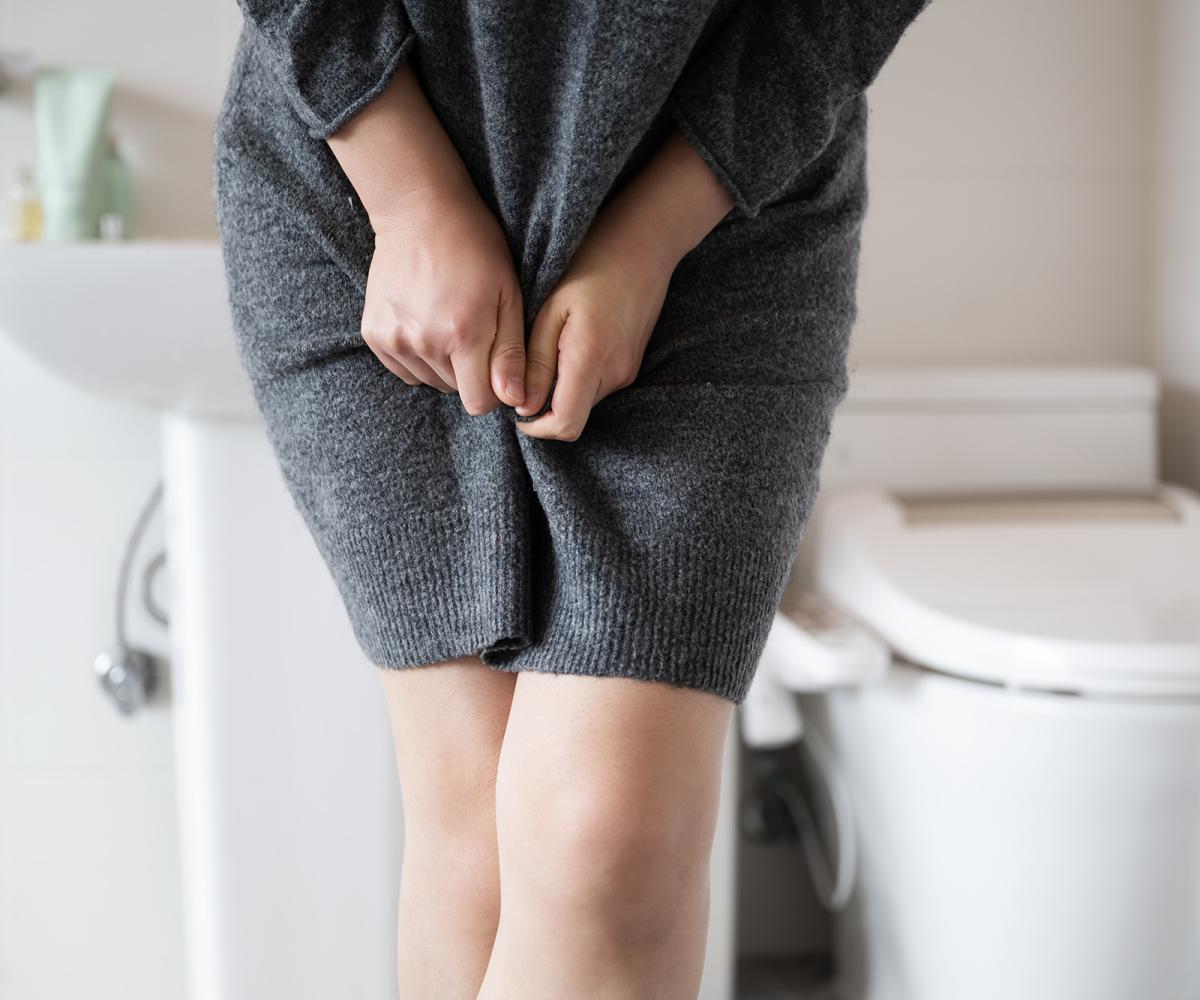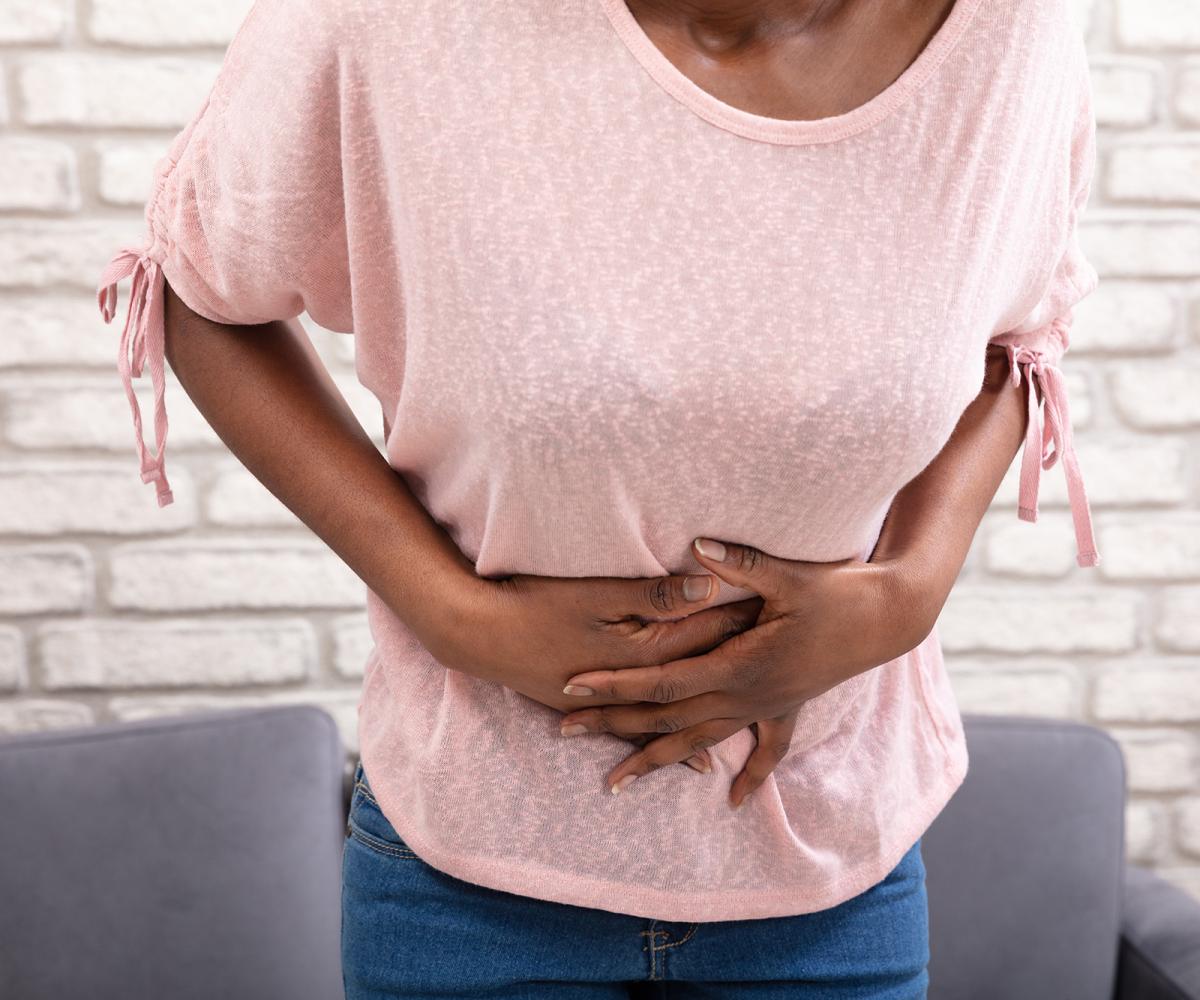Incontinence After Menopause
Menopause doesn’t just affect your hormones—it can also impact the bladder, urethra, and vaginal tissue, leading to uncomfortable changes that many women don’t expect. These shifts in the genitourinary system are common, but often overlooked.


What are the effects of the menopause?
The effects of menopause on the genitourinary system (the system that includes the bladder and urethra) can be far reaching and have a big impact on the lives of menopausal and post-menopausal women.
During the menopause, there is a drop in estrogen, which affects many areas of the body including your skin and hair, the metabolic system (which causes that pesky weight gain), and the genitourinary system. It also slows down the rate of collagen production in the entire body, including the vaginal canal, which is one of the most common contributors to incontinence in menopausal and post-menopausal women. This leads to a thinning of vaginal tissue and slower tissue regeneration, causing even more issues for women, such as vaginal dryness and increased looseness in the area, known as vaginal laxity.
When a variety of symptoms in the genital and urinary systems begin to appear – including symptoms like pain during sex, vaginal dryness, an increased susceptibility to UTI’s and stress incontinence – it is known as Genitourinary Symptoms of Menopause, or GSM. GSM affects around half of menopausal and postmenopausal women, and, unfortunately, only gets worse over time, meaning it won’t resolve without treatment.
It is primarily this weakening in the vagina and in the pelvic floor muscles (the muscles that support the pelvic floor, including the bladder and urethra) that leads to the higher likelihood of stress incontinence after menopause, which is also a common symptom of GSM.










